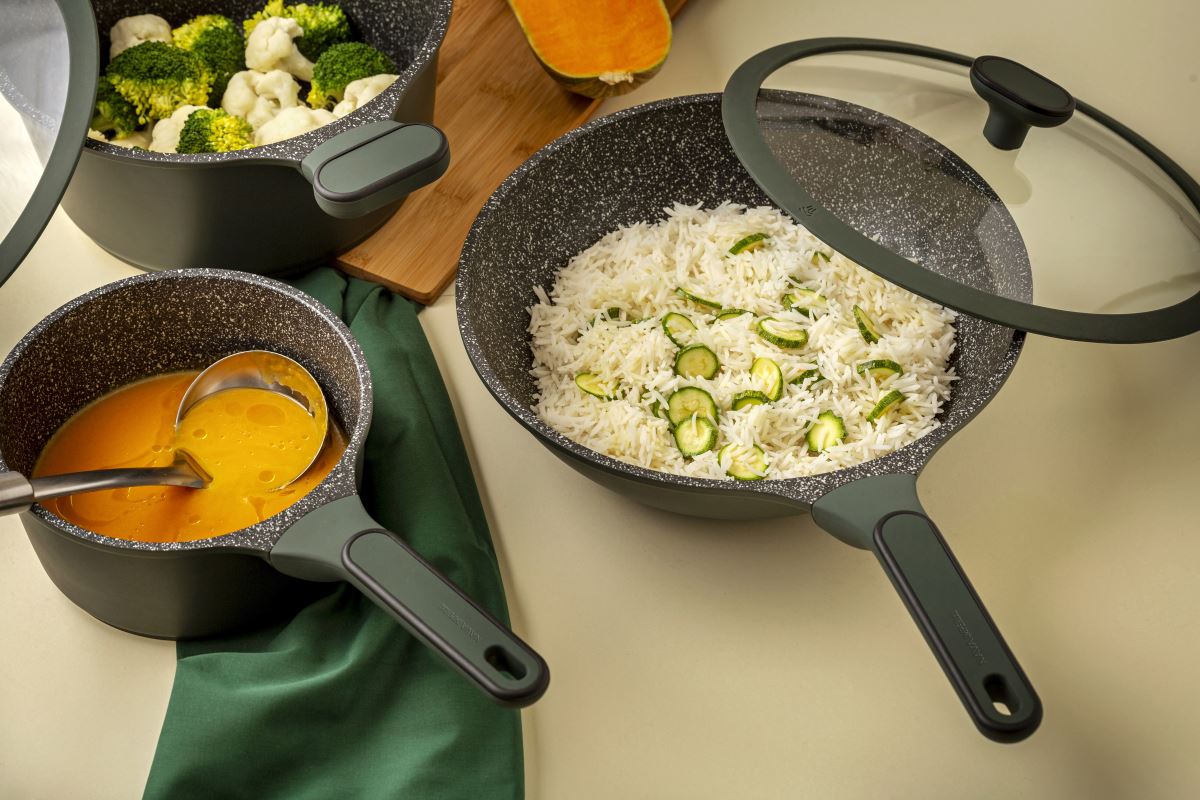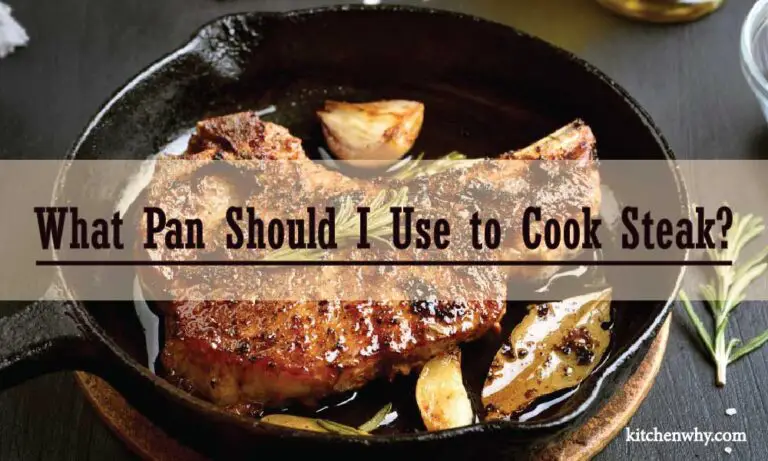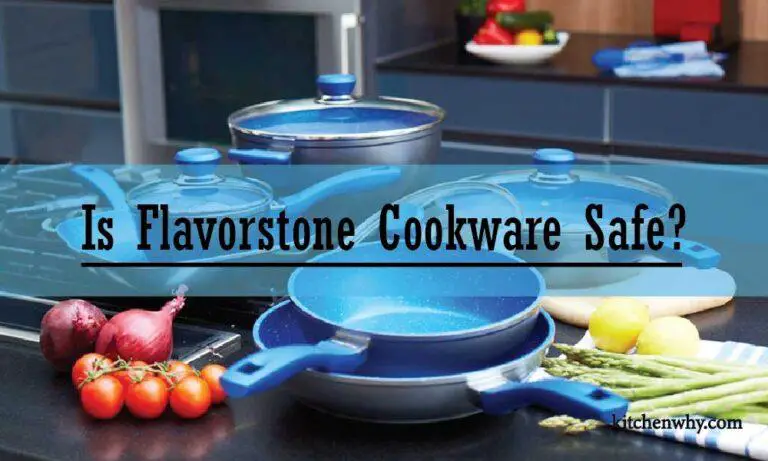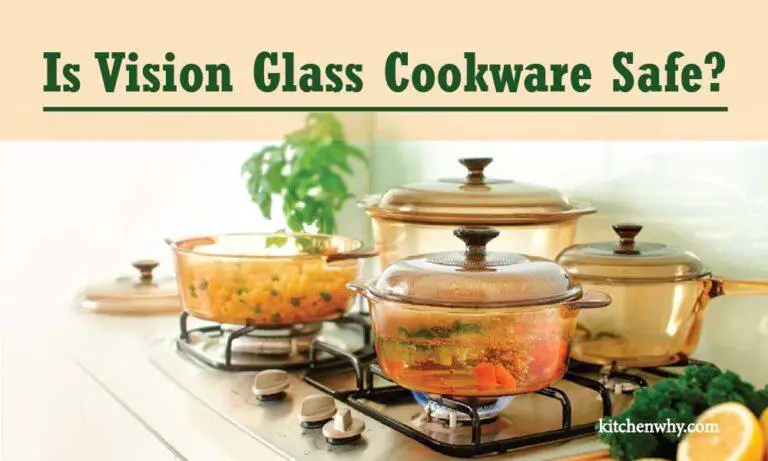Non Stick Vs Stainless Steel Vs Ceramic: The Ultimate Showdown

Non-stick, stainless steel, and ceramic are three popular types of cookware with distinct properties and uses. In this article, we will compare these materials to help you understand their strengths and limitations, allowing you to make an informed decision when selecting the best cookware for your kitchen needs.

Credit: cosmiccookware.com.au
Non Stick Cookware: The Pros And Cons
When it comes to choosing cookware, one of the most common dilemmas is deciding between non stick, stainless steel, and ceramic options. In this blog post, we will focus on exploring the pros and cons of non stick cookware. Understanding the concept of non stick coating, considering various factors, and knowing how it performs in different cooking situations will help you make an informed decision.
Understanding The Concept Of Non Stick Coating
- Non stick cookware is coated with a layer of polytetrafluoroethylene (ptfe), commonly known as teflon, which prevents food from sticking to the surface.
- The non stick coating makes cooking and cleaning easier, as food slides off effortlessly without leaving residues behind.
- The smooth surface also requires less oil or butter for cooking, which can be beneficial for those looking to reduce their calorie intake.
Factors To Consider When Using Non Stick Cookware
- High heat can lead to the release of toxic fumes from the non stick coating. It is essential to use non stick cookware within the recommended temperature range specified by the manufacturer.
- Avoid using metal utensils, as they can scratch the non stick coating. Opt for silicone, wood, or plastic utensils instead.
- Non stick cookware is not suitable for searing or browning foods, as it does not provide the same level of heat conduction and browning reactions as stainless steel or cast iron.
Heat Distribution And Retention
- Non stick cookware generally offers even heat distribution, ensuring that food cooks evenly.
- However, it may not retain heat as well as stainless steel or cast iron, requiring a slightly longer cooking time.
Durability And Longevity
- The non stick coating on cookware can wear off over time, especially with regular use and exposure to high temperatures. It is essential to take proper care to extend the lifespan of non stick cookware.
- Scratches, excessive abrasion, or using metal utensils can diminish the non stick properties, reducing its effectiveness.
Health Concerns
- Some studies suggest that the release of toxic fumes from overheating non stick cookware can pose health risks. It is advisable to use ventilation when cooking and never heat non stick pans to extremely high temperatures.
- Using utensils that are in good condition and avoiding the ingestion of flakes or chips from damaged non stick coatings can mitigate potential health risks.
How Non Stick Cookware Performs In Different Cooking Situations
- Non stick cookware is ideal for cooking delicate foods like eggs, pancakes, and fish, where sticking can be a common problem.
- It is not ideal for high-temperature cooking methods such as searing or broiling.
Tips For Using And Maintaining Non Stick Cookware
- Use low to medium heat settings when cooking with non stick cookware to prevent damage to the coating.
- Avoid using metal utensils that can scratch the surface. Opt for utensils made of silicone, wood, or plastic.
- Hand wash non stick cookware with mild dish soap and a soft sponge. Avoid abrasive cleaners or scrubbers that can damage the non stick coating.
- Store non stick cookware properly by stacking it with a protective layer between each piece to minimize scratches and wear.
Non stick cookware can be a convenient addition to your kitchen, offering easy food release and effortless cleaning. However, it is essential to be aware of the limitations, proper usage, and maintenance to maximize its lifespan and ensure a safe cooking experience.
Stainless Steel Cookware: The Pros And Cons
When it comes to choosing the right cookware for your kitchen, stainless steel is a popular option that offers numerous benefits. From its durability and heat conductivity to its versatility and compatibility, stainless steel cookware is a favorite among both professional chefs and home cooks.
However, there are also some factors to consider when using stainless steel cookware, such as cleaning and maintenance, food sticking and hot spots, and reactivity with certain ingredients. To help you make an informed decision, let’s explore the pros and cons of stainless steel cookware.
The Benefits Of Stainless Steel Cookware:
- Durability and resilience: Stainless steel cookware is known for its exceptional durability and resilience. It can withstand high heat, resist warping or denting, and can last for many years with proper care.
- Heat conductivity: Although stainless steel doesn’t conduct heat as well as other materials like copper or aluminum, it still offers decent heat conductivity when used with a good quality base or core. This ensures even heat distribution and reduces the risk of hot spots.
- Versatility and compatibility: Stainless steel cookware is compatible with all types of stovetops, including induction cooktops. It is also oven-safe, allowing you to easily transition from stovetop to oven. Additionally, stainless steel is non-reactive, making it suitable for cooking acidic or alkaline foods.
Factors To Consider When Using Stainless Steel Cookware:
- Cleaning and maintenance: Stainless steel is generally easy to clean, either by hand or in the dishwasher. However, it may require extra care to avoid staining or discoloration. Regular maintenance with gentle cleaning agents and proper drying can help maintain its appearance and performance.
- Food sticking and hot spots: Stainless steel cookware has a smooth surface, but it is not naturally non-stick. This means that certain foods may stick to the surface, especially if not properly preheated or if the pan isn’t seasoned. Hot spots can also occur, resulting in uneven cooking.
- Reactivity with certain ingredients: Stainless steel is generally non-reactive, but it may react with certain acidic or alkaline ingredients, causing a metallic taste or discoloration. To prevent this, it is recommended to avoid long-term storage of acidic foods in stainless steel containers.
Tips For Using And Caring For Stainless Steel Cookware:
- Preheat the pan: To prevent food from sticking, preheat stainless steel cookware on medium to high heat before adding ingredients. A properly preheated pan creates a natural non-stick surface.
- Use oil or butter: Adding a thin layer of oil or butter can further enhance the non-stick properties of stainless steel cookware and prevent food from clinging to the surface.
- Avoid using high heat: Stainless steel cookware can withstand high heat, but using excessive heat can lead to sticking, discoloration, or the formation of hot spots. Use medium to medium-high heat for most cooking tasks.
- Use gentle cleaning agents: Avoid using abrasive cleaners or scrubbers that can scratch the surface of stainless steel. Instead, use mild dish soap, warm water, and non-abrasive sponges or cloths for cleaning. Dry thoroughly after washing to prevent water spots or staining.
By considering the benefits and factors of stainless steel cookware and implementing the tips for its use and care, you can enjoy the durability, versatility, and reliability that stainless steel has to offer in your kitchen. Incorporating these guidelines into your cooking routine will further enhance your culinary experience and maximize the longevity of your stainless steel cookware.
Ceramic Cookware: The Pros And Cons
Ceramic cookware has become increasingly popular among home cooks due to its many advantages. Understanding the composition and benefits of ceramic cookware can help you make an informed decision when it comes to choosing the right pots and pans for your kitchen.
In this section, we will explore the pros and cons of using ceramic cookware.
Understanding Ceramic Cookware And Its Composition
- Made from natural materials like clay and minerals
- Coated with a layer of ceramic glaze for a non-stick surface
- Free from harmful chemicals such as pfoa and ptfe
Benefits Of Cooking With Ceramic
Ceramic cookware offers several benefits that make it a desirable option in the kitchen.
Non-toxic and eco-friendly:
- Ceramic cookware is free from toxic materials, making it a safe choice for cooking and food storage.
- Its eco-friendly nature ensures that you can cook without harming the environment.
Even heat distribution:
- Ceramic cookware has excellent heat conductivity, ensuring that your food cooks evenly.
- This means you won’t have to worry about hot spots or uneven cooking, resulting in perfectly cooked meals.
Retention of food flavors:
- Ceramic cookware doesn’t react with acidic or alkaline ingredients, allowing your food to retain its natural flavors.
- Whether you’re cooking a delicate sauce or a hearty stew, ceramic cookware will preserve the taste of your dishes.
Factors To Consider When Using Ceramic Cookware
While ceramic cookware brings many advantages to the kitchen, there are a few factors to keep in mind:
Fragility and potential for chipping:
- Ceramic cookware can be more fragile compared to other materials, and it is prone to chipping or cracking if not handled with care.
- Avoid using metal utensils or stacking heavy pots and pans to prevent damage.
Seasoning and maintenance:
- Some ceramic cookware requires regular seasoning to maintain its non-stick properties.
- Follow the manufacturer’s instructions for proper seasoning and cleaning to ensure its longevity.
Heat limitations:
- Ceramic cookware may have heat limitations due to the glaze used on the surface.
- High heat can cause the glaze to break down or discolor, so it’s best to avoid using ceramic cookware at very high temperatures.
Tips For Cooking And Cleaning Ceramic Cookware
To make the most of your ceramic cookware and ensure its longevity, here are a few helpful tips to keep in mind:
- Use silicone or wooden utensils to prevent scratching the ceramic surface.
- Allow your cookware to cool before cleaning it to prevent thermal shock.
- Clean with mild soap and a non-abrasive sponge to maintain the ceramic coating.
- Avoid using abrasive cleaning agents or scrub brushes that can damage the surface.
Ceramic cookware offers many advantages in the kitchen, including its non-toxic nature, even heat distribution, and retention of food flavors. However, it is essential to consider factors such as fragility, seasoning requirements, and heat limitations when using ceramic cookware. By following proper maintenance and handling techniques, you can enjoy cooking with ceramic for years to come.
Which Cookware Is Right For You?
Non stick vs stainless steel vs ceramic: which cookware is right for you?
When it comes to choosing the right cookware for your kitchen, it can be overwhelming with the plethora of options available. Non-stick, stainless steel, and ceramic are three popular choices that offer different features and benefits. Evaluating your cooking style and preferences, assessing your specific cooking needs, and considering the pros and cons of each cookware type are crucial steps in making an informed decision based on your requirements.
Evaluating Your Cooking Style And Preferences:
- If you prefer easy cleanup and minimal use of oil or butter, non-stick cookware may be ideal for you.
- If you enjoy high-heat cooking, browning, and want durable and long-lasting cookware, stainless steel could be the right option.
- If you prioritize even heat distribution, non-reactive surfaces, and aesthetically pleasing cookware, ceramic might be the perfect fit.
Assessing Your Specific Cooking Needs:
- Non-stick cookware is great for cooking delicate foods like eggs, fish, and pancakes, where sticking can be a problem.
- Stainless steel cookware is excellent for searing, sautéing, and creating a beautiful fond for flavorful sauces.
- Ceramic cookware is suitable for baking, slow cooking, and creating dishes that require gentle, even heat distribution.
Considering The Pros And Cons Of Each Cookware Type:
- Non-stick cookware:
- Pros: Easy to clean, requires less oil or butter, non-reactive surface.
- Cons: Coating can wear off over time and with high-heat cooking, not suitable for use with metal utensils.
- Stainless steel cookware:
- Pros: Durable, excellent heat conductivity, oven-safe, compatible with metal utensils.
- Cons: Can have hot spots, food can stick without proper oil or butter, can be more challenging to clean.
- Ceramic cookware:
- Pros: Even heat distribution, non-reactive surface, aesthetically pleasing.
- Cons: Can be fragile, may require cautious handling, not compatible with very high heat.
Making An Informed Decision Based On Your Requirements:
Consider your cooking style, specific needs, and the pros and cons of each cookware option. Remember that no single type of cookware is perfect for every cooking task. It may be beneficial to have a combination of non-stick, stainless steel, and ceramic cookware in your kitchen to suit different recipes and cooking methods.
Choosing the right cookware involves evaluating your cooking style, assessing your specific cooking needs, considering the pros and cons, and ultimately making an informed decision based on your requirements. By understanding the unique features of non-stick, stainless steel, and ceramic cookware, you can equip your kitchen with the cookware that best suits your needs and preferences.
Happy cooking!
Frequently Asked Questions On Non Stick Vs Stainless Steel Vs Ceramic
Does Non-Stick Cookware Have Any Health Risks?
Non-stick cookware, when used properly, does not pose any significant health risks.
Is Stainless Steel Cookware Durable And Long-Lasting?
Stainless steel cookware is highly durable and known for its long-lasting performance.
Is Ceramic Cookware Easy To Clean?
Ceramic cookware is incredibly easy to clean due to its non-stick surface.
Can Stainless Steel Cookware Withstand High Temperatures?
Stainless steel cookware can handle high temperatures without warping or affecting its performance.
Is Non-Stick Cookware Suitable For All Types Of Cooking?
Non-stick cookware is great for most types of cooking, but avoid using it for high-heat searing.
Conclusion
Each type of cookware – non-stick, stainless steel, and ceramic – has its own set of benefits and considerations. Non-stick pans are ideal for easy food release and effortless cleanup, but may not be suitable for high-heat cooking or prolonged use.
Stainless steel offers durability, even heat distribution, and is safe for all cooking methods, but it requires some skill to prevent sticking. Ceramic-coated cookware provides a non-toxic and non-stick surface, perfect for health-conscious individuals, but tends to be less durable over time.
When choosing between these options, it’s essential to consider your cooking style, preferences, and priorities. If convenience and ease of use are your primary concerns, non-stick cookware may be the best option. For those who prioritize durability and versatility, stainless steel is a reliable choice.
Lastly, if health and safety are your utmost priority, ceramic-coated cookware offers peace of mind. Ultimately, the perfect choice depends on your individual needs and cooking habits. So, assess your requirements and choose the cookware that will enhance your culinary experience and satisfy your preferences.






